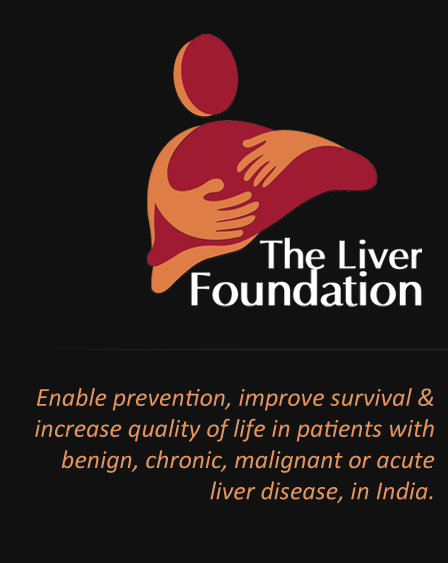Addressing The Great Need
There is said to be a great ‘organ shortage’ in the country, when it comes to patients in end stage liver disease. According to records available with the Union Ministry for Health and Family Welfare, there is a huge gap between the requirements of transplantation estimated at 2,00,000 a year and the number of transplants being done at about 6,000 across the country.
Of the 60-70 patients I transplanted last year in my department, 90% were performed using living related donors. In other words relatives who donated more than half of their livers for their loved ones. This is done at considerable risk. However another option exists.- cadaveric donation using patients who have become brain stem dead. Their heart continues to beat for a few more days because they are on mechanical ventilators which are keeping them alive. In fact India has more BSD donors than any other country in the world, thanks to he dubious honor of having the highest RTA deaths in the world!! Road traffic injuries still account for highest number of deaths in India. Also, the number of deaths due to these injuries (mostly neurotrauma) has increased by 1.3% during 2012 over 2011, going by the National Crime Records Bureau (NCRB) statistics. While preventing deaths due to these injuries seems a distant dream, looking at the momentum of infrastructure development in the country and the technologies available, India does not either appear to have fared well in utilizing these brain deaths in saving other lives through organ transplantation.
It is the inadequate knowledge of families or delayed acceptance of doctors on brain death responsible for the so-called donor shortage.
Going by the prevalent theories in medical fraternity as well as the society, the emotional attachment of families with the bodies of the dying member (brain dead patient) and also the social stigma attached to giving consent for organ donation is one prominent cause of lack of enough organ donors here.
But is that the only cause for this laxity?
WHAT PUBLIC NEEDS TO KNOW
- Neurotrauma carries high mortality so do not expect a high survival.
- Glasgow Coma Scale of 2 or 3 means that a patient may be brain stem dead. Such a patient never survives.
- You may be falsely hoping for a survival and spending your resources on a dying patient.
- You can get brain stem death assessed.
WHAT TREATING DOCTORS NEEDS TO REALISE
- They must accept that they have tried their best and that neurotrauma/neurosurgery has higher mortality rate world over compared with other fields
- that by keeping brain stem dead patients on vitillatory support longer, they may be pushing up cost of treatments and unintentionally denying more deserving cases.
- That delay in declaration of brain stem death may make organs less suitable for transplantation
A key to success in organ donation is to set up transplant coordinators within each neurosurgical unit who can act as facilitators to allow donation to take place appropriately.
There are several reasons for a failure in generation of cadaveric donors. But the two most important are a lack of awareness among the public that brain stem death exists and the second is a hesitation among neurologists and neurosurgeons to declare people BSD, and allow them to be used as a donor. This hesitation stems from a fear that they would be seen as unsuccessful and even worse, their departments get a reputation of ‘failure’. As a surgeon I can understand that. This mindset among the patients that ‘the neurologist or neurosurgeon is responsible’ must change. In addition to the above we must have the required infrastructure in place to allow organs to be procured and utilized within regions.


